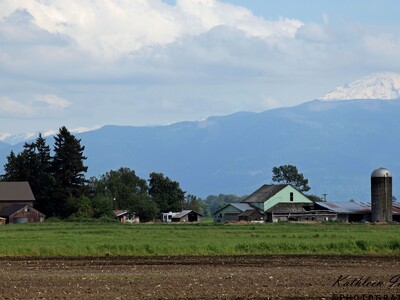Start duck hunting
Don't let a lack of gear stop you from waterfowl huntingHere's a back-to-basics approach to duck hunting that any hunter can use
Waterfowl hunting has a reputation for being expensive, but hunters don’t need to shell out tons of money on a boat or a truckload of waterfowl gear to be successful. That’s especially true in a state with as much public land as Idaho.
Jump shooting is a low-cost option for public land hunts, but it is not the only one. The classic method of hunting over decoys is a good option for public land waterfowl hunters. The excitement that comes with watching ducks work a decoy spread (circling them to see if it is safe to land), the interactive component of calling and close shooting provide an experience that many waterfowl hunters live for.
Idaho Fish and Game/Roger Phillips
Public land hunters may have to work a little harder to set themselves up for success when hunting over decoys, including dedicating time for scouting, and being willing to put in extra effort to get away from most of the hunting pressure.
But for those who are willing to make the commitment, there are many walk-in public hunting spots scattered throughout the state that can produce good waterfowl hunting – and it doesn't take hundreds of decoys. Idaho waterfowlers can put together a successful hunt with nothing more than what they carry in on their backs, including:
· A shotgun · Idaho hunting license · Migratory bird (HIP) permit · Nontoxic shotgun shells · Federal migratory bird stamp · Six to 24 decoys · Waders · Camouflage clothing · Duck call(s)
Eye in the sky, boots on the ground
By finding and setting decoys in a place where ducks already want to be, hunters can eliminate the need for a large decoy spread that might be needed to attract birds from far away.
With a smartphone or a computer, you have everything you need to start looking for a potential waterfowl spot. The first step is finding water, and when walking in with decoys, it pays to think small. Using Fish and Game’s Hunt Planner or some sort of GPS mapping tool, hunters should scour smaller rivers and streams for public access points, and search for potentially overlooked pockets of water — creeks, sloughs, ponds, etc. — on all different kinds public property, including those that are more traditionally associated with upland game hunting.














